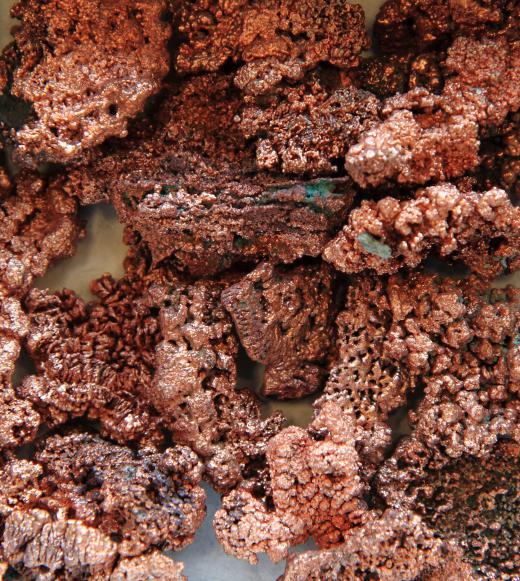In-situ leaching is a process that is utilized in mining for the recovery of certain stated types of minerals that include uranium, gold and copper. The process requires that holes be drilled into the site where the deposit is located with the aim of creating portals through which certain liquid can be poured down to the deposit by the created portal. This solution is usually composed of a type of leaching solution that serves as a vehicle for the transportation of the mineral from its location to the surface from where it can be processed. The solution mixes with whatever mineral is located in the site, acting as a sort of dissolver that breaks the mineral down into smaller particles that can be transported by the liquid. This makes it much easier for the miners located at the surface of the mining site to suck up both the liquid and the mineral particles suspended in it through the portal.
From the foregoing, it is easy to see that the process of in-situ leaching makes mining the applicable minerals a much simpler process than would be possible by manually going underground to recover the minerals, which is not without its own set of dangers and considerable expenses. Once the liquid has been introduced into the deposit of mineral as part of the process of in-situ leaching, the resulting mixture will be suctioned up to the surface where it will be pumped into special equipment for it to be analyzed and processed. During the processing, the minerals will be separated from any unwanted material, which will be discarded. Certain unique sets of circumstances also serve the purpose of further encouraging the use of in-situ leaching as opposed to the other types of mining methods.

Some of those circumstances include the factors discovered during the assessment of the area where the deposit is located. For example, if deposits are not situated in an area that will be amenable to the use of underground mining exploration methods due to the structural instability dangers of such a process, the best bet would be to go the route of in-situ leaching. Another consideration that would encourage the use of in-situ leaching would be a situation where the discovered deposit is not nearly enough to warrant the expense of underground mining, but still worthy of the application of in-situ leaching.
